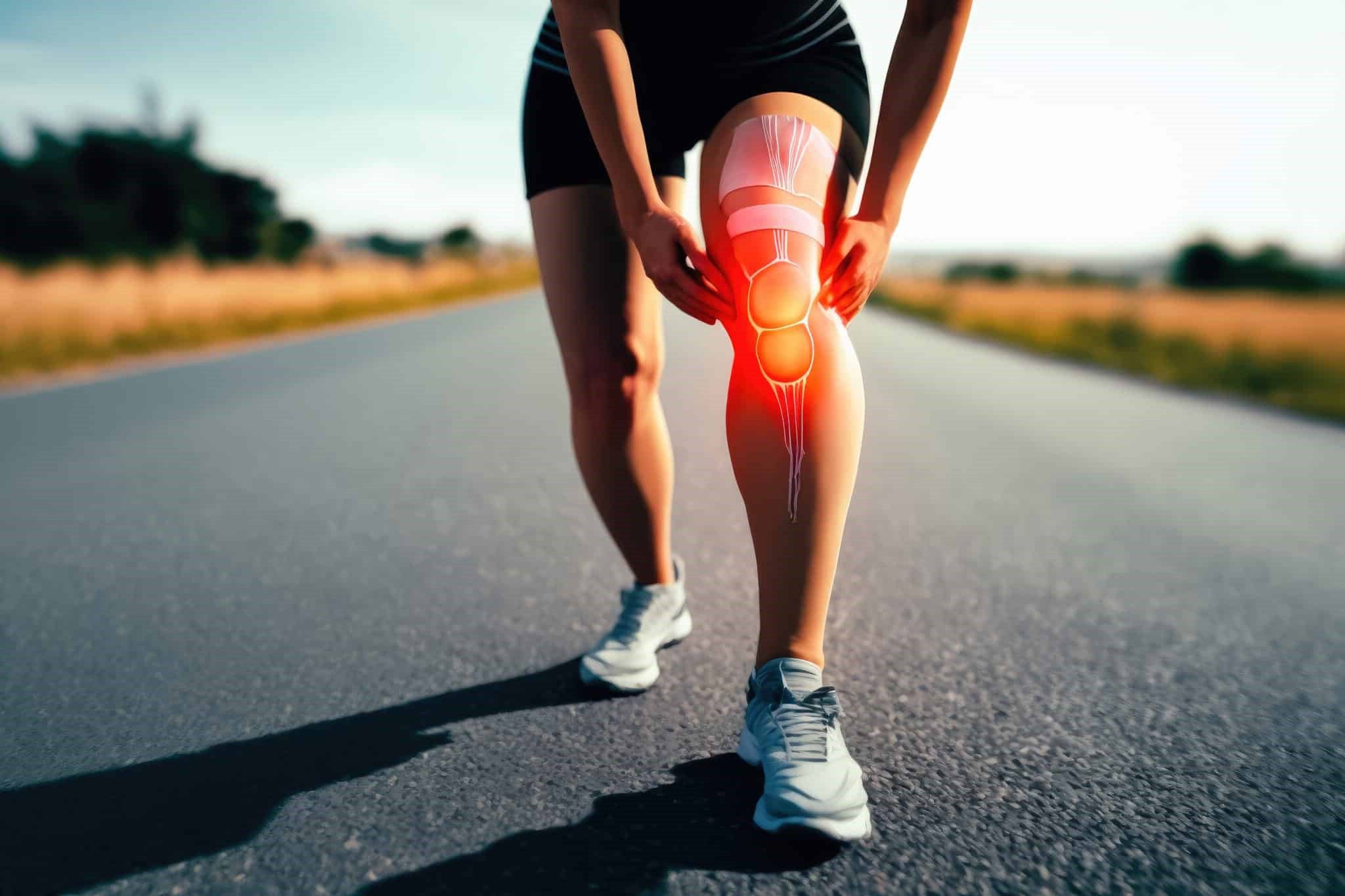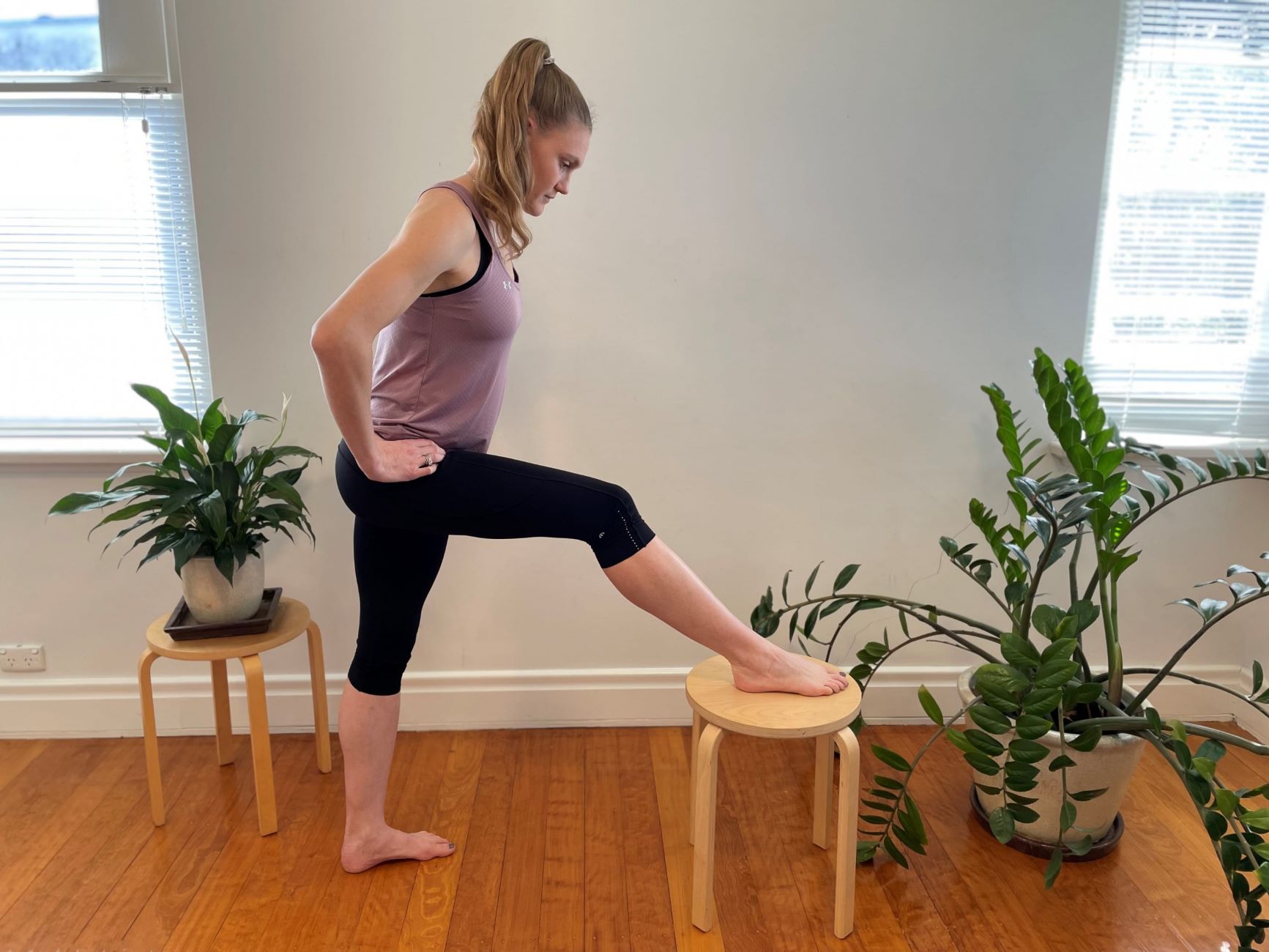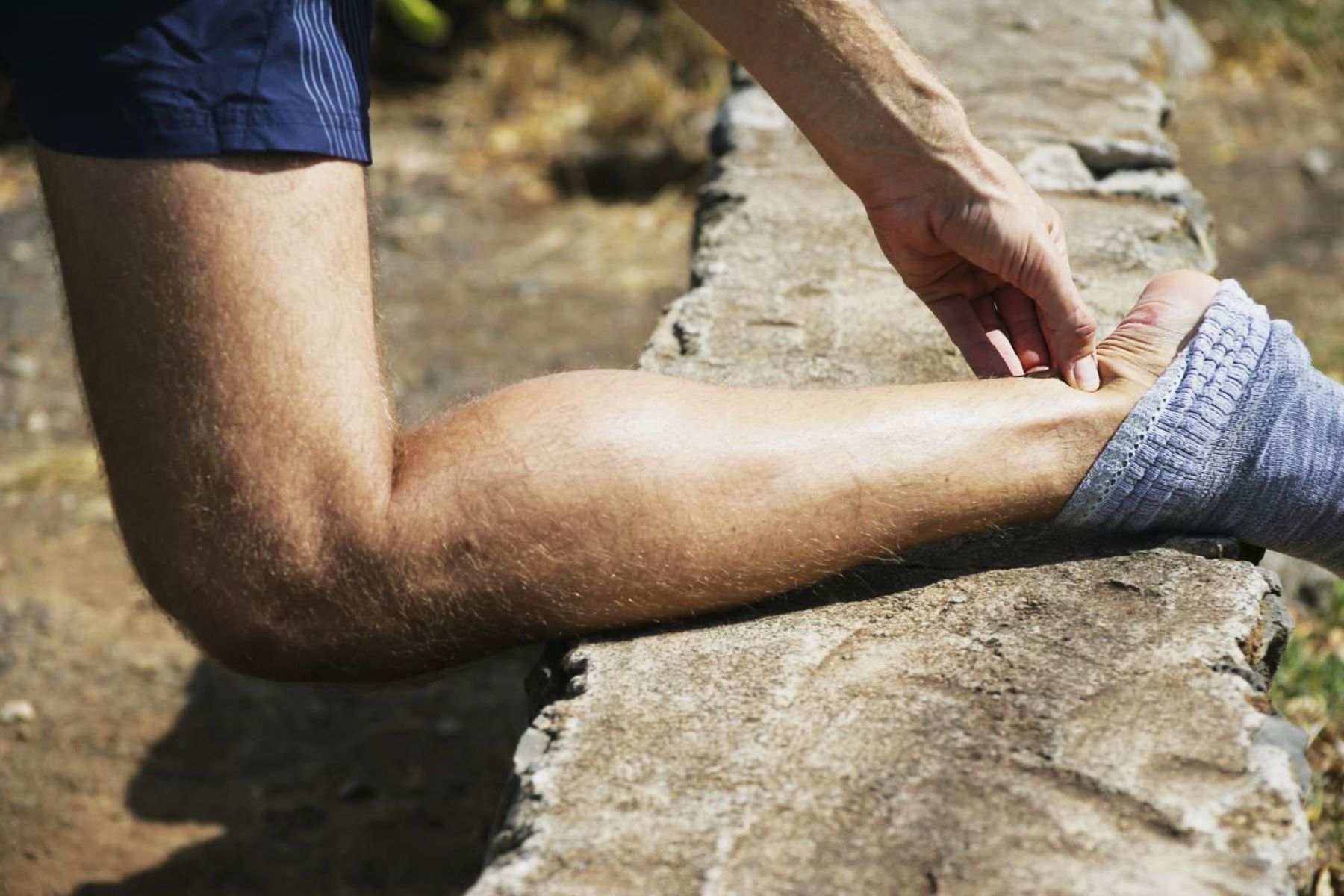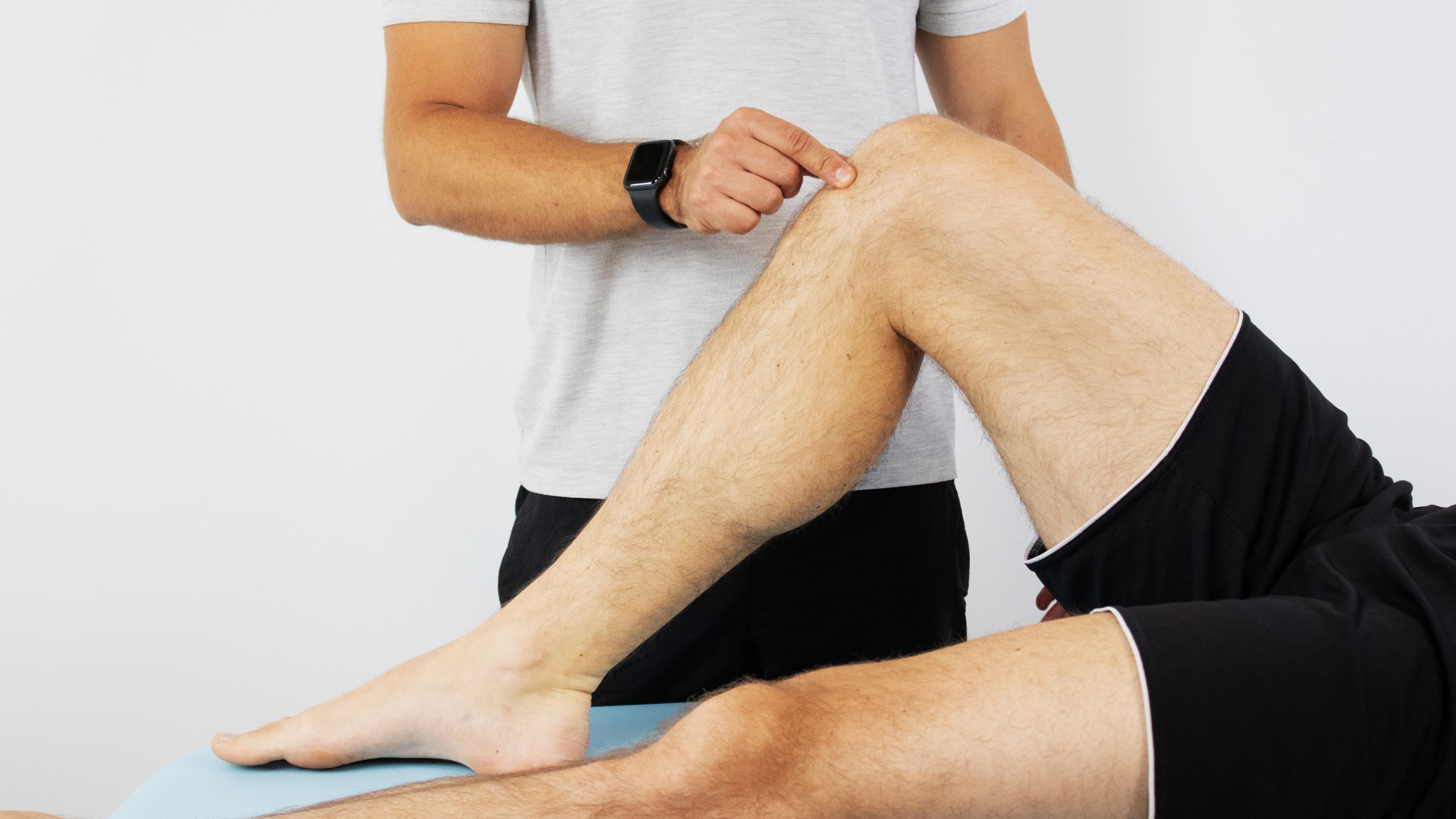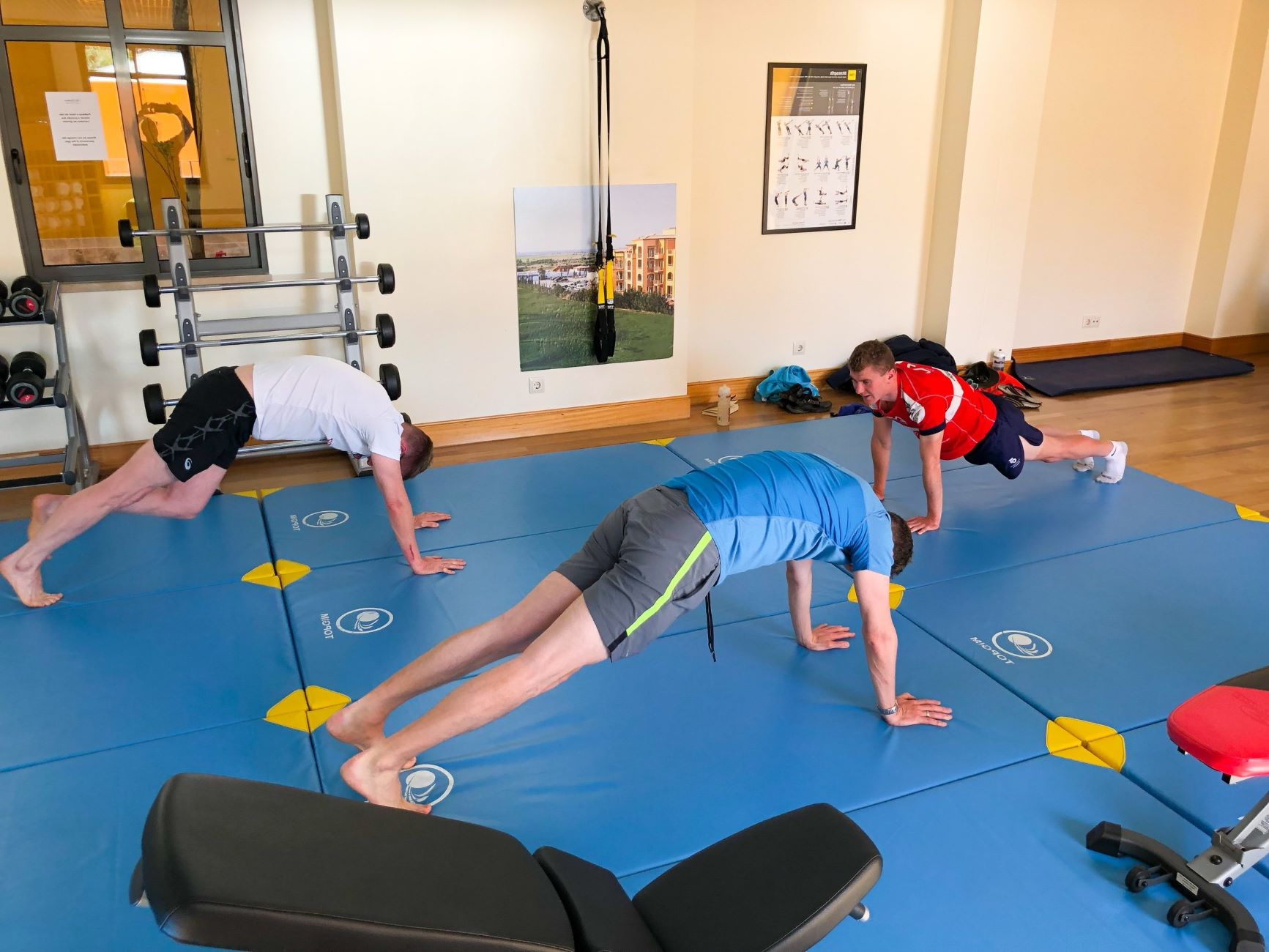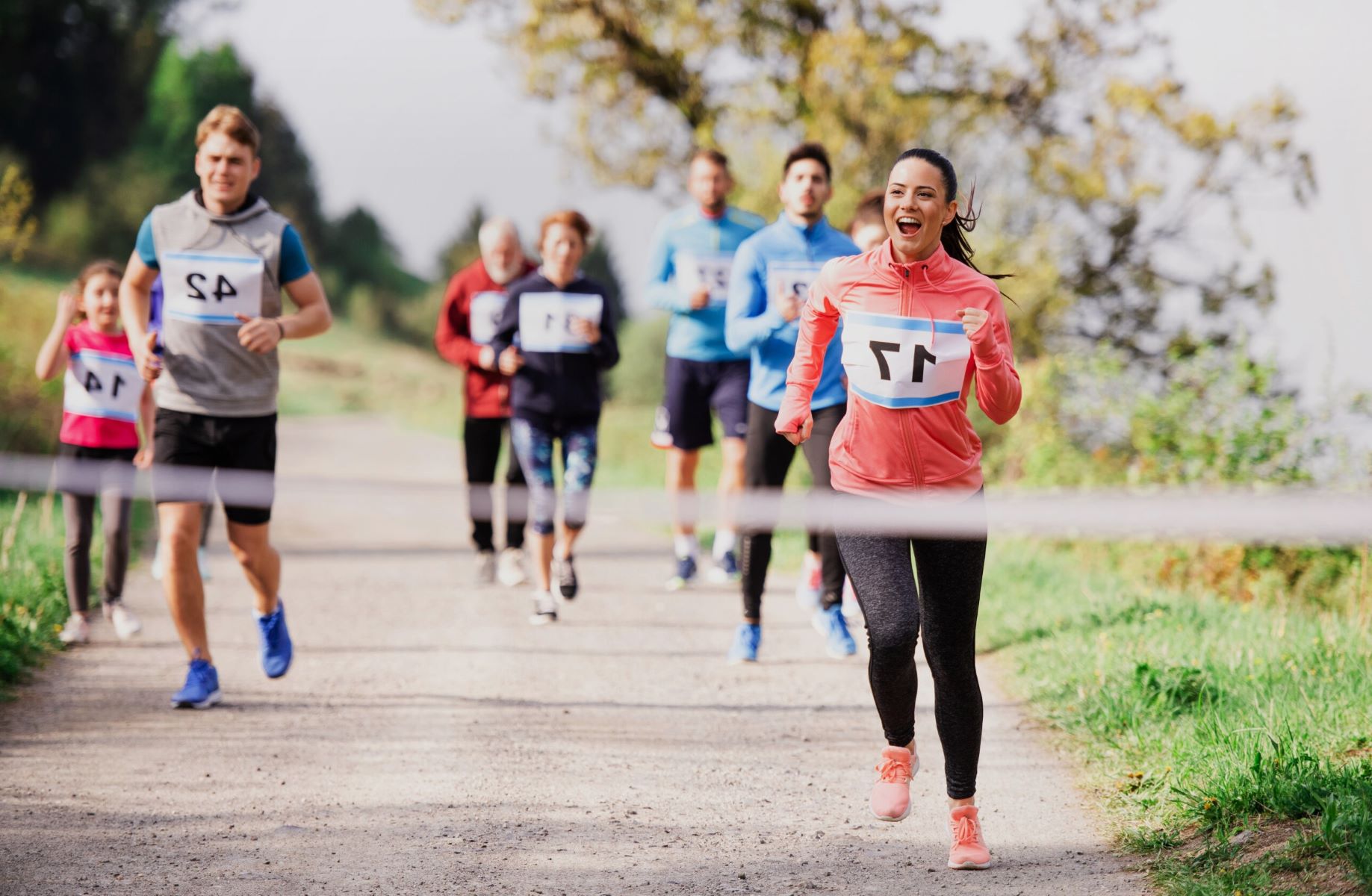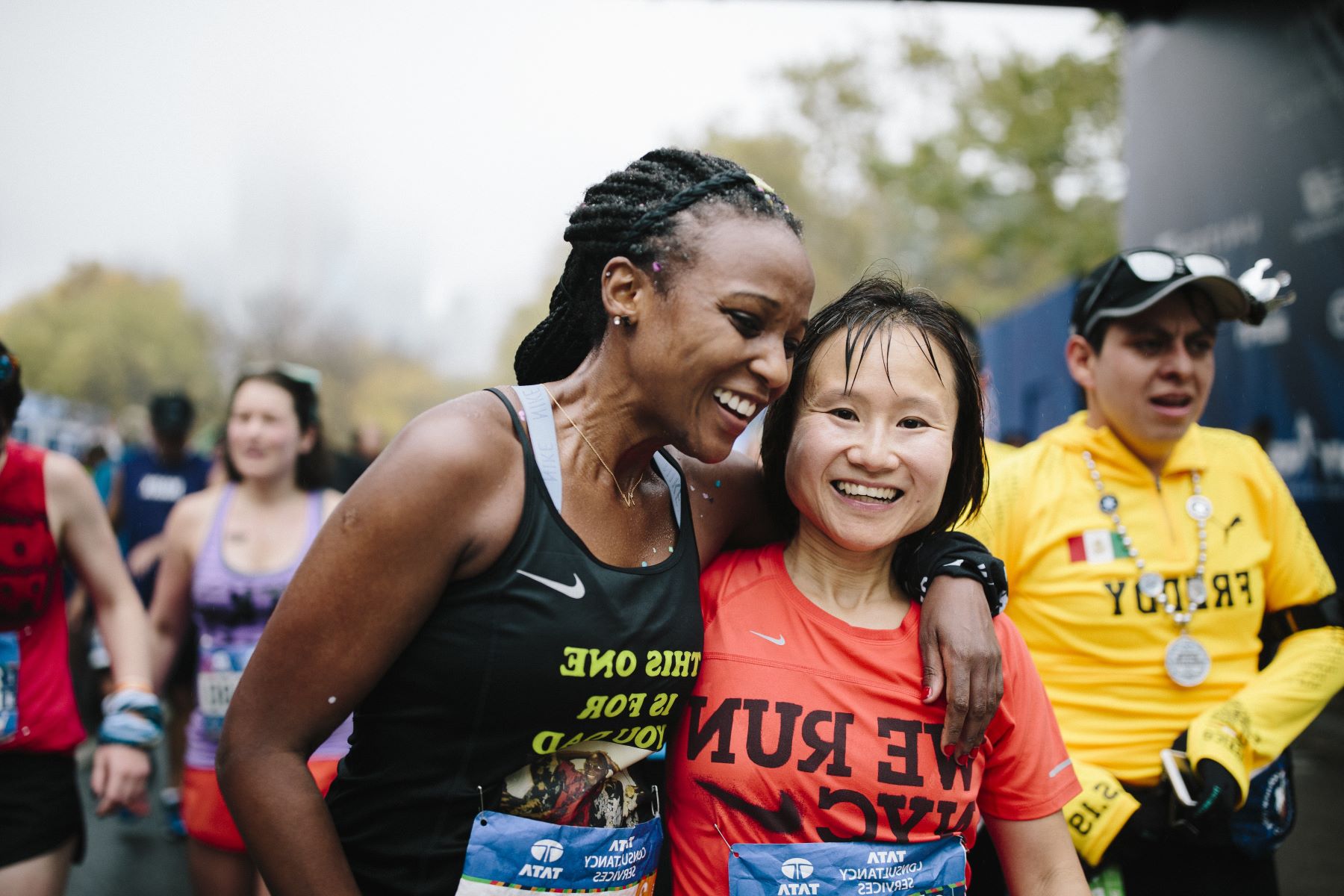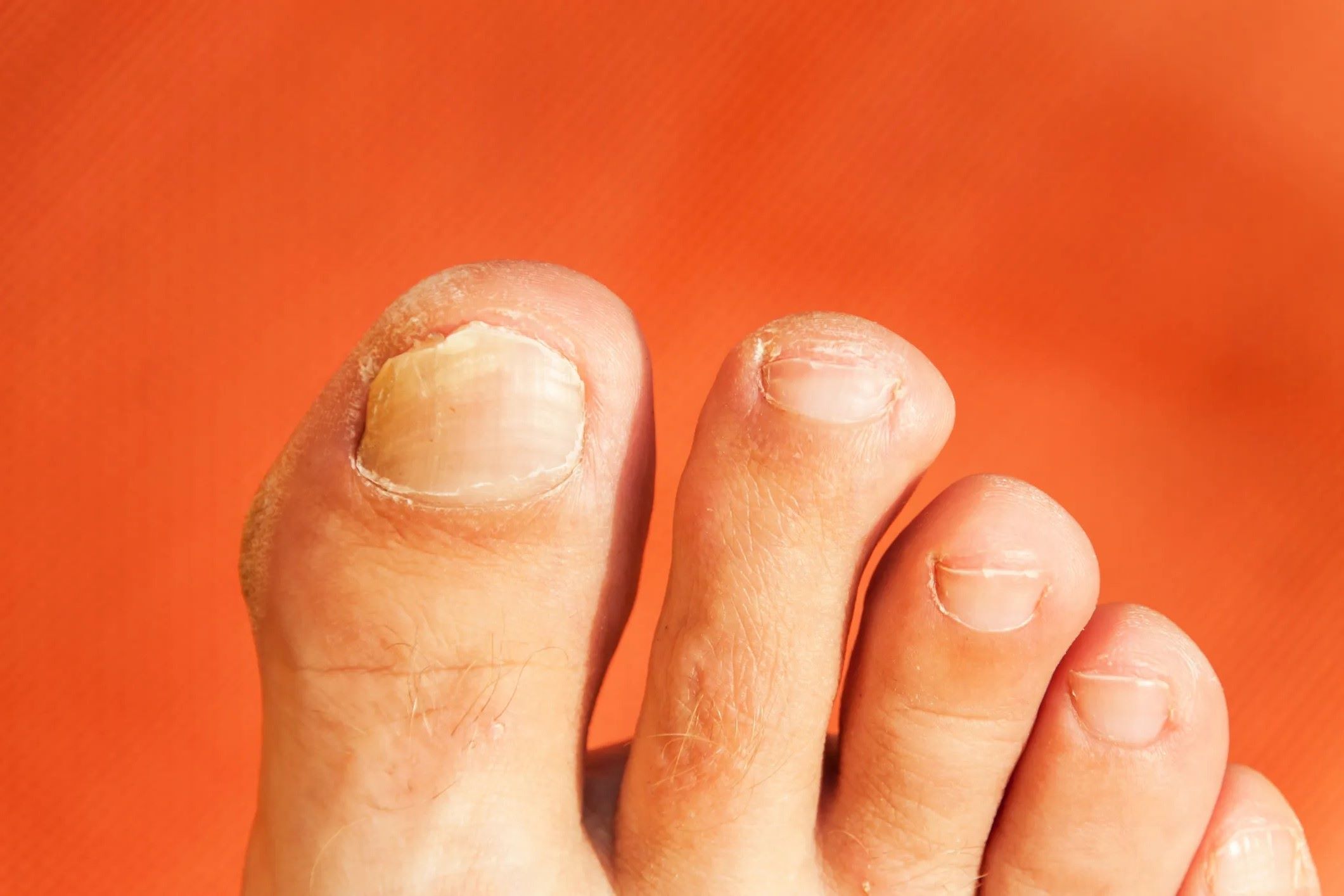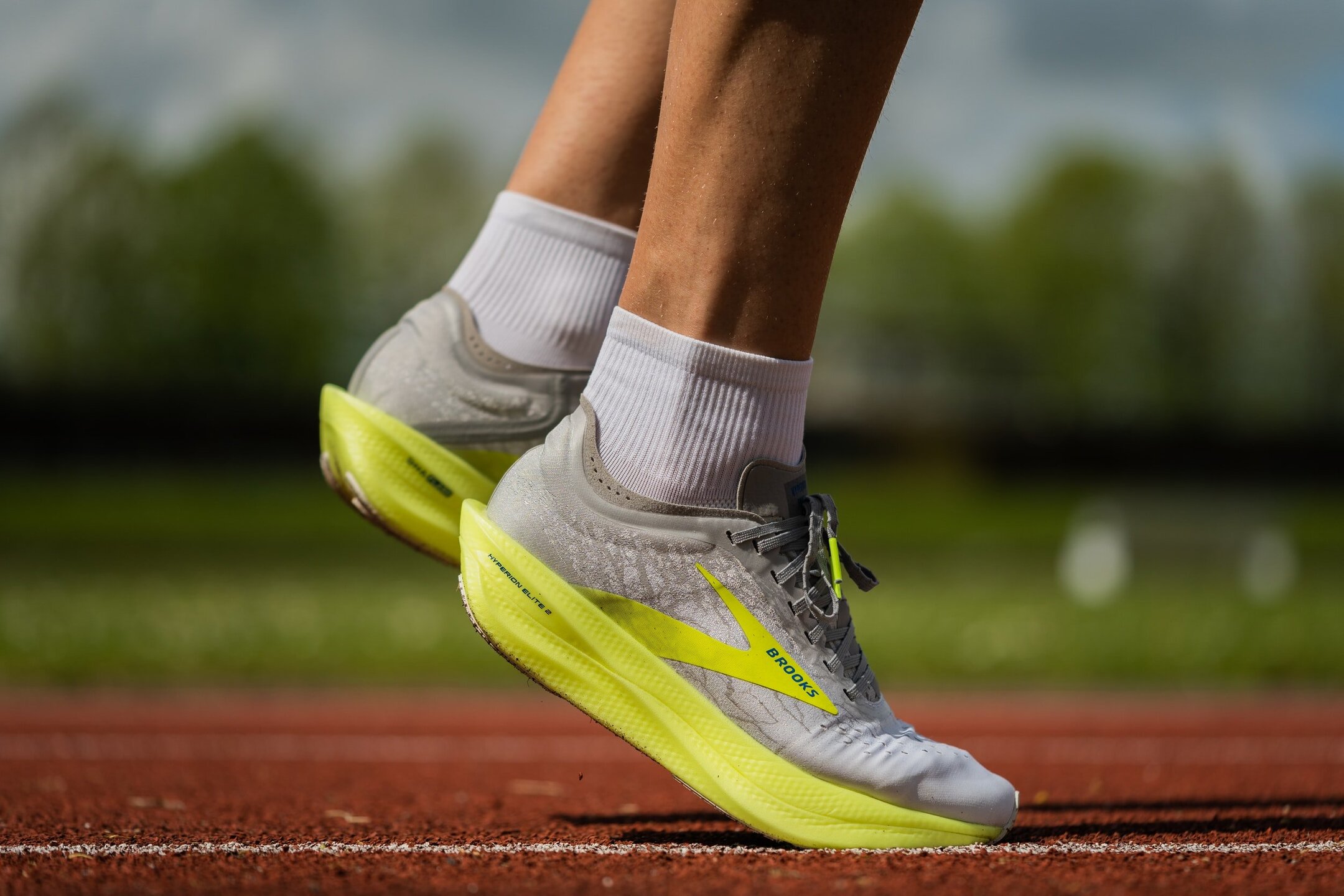Home>Health & Nutrition>Injury Prevention>Running With Gluteal Tendinopathy: Essential Information


Injury Prevention
Running With Gluteal Tendinopathy: Essential Information
Published: February 28, 2024
Learn essential information for preventing gluteal tendinopathy while running. Discover effective strategies to avoid injury and improve your running performance.
(Many of the links in this article redirect to a specific reviewed product. Your purchase of these products through affiliate links helps to generate commission for Therunningadvisor.com, at no extra cost. Learn more)
Table of Contents
Understanding Gluteal Tendinopathy
Gluteal tendinopathy, also known as greater trochanteric pain syndrome, is a common and often debilitating condition that affects the tendons in the buttock region. The gluteal tendons, including the gluteus medius and minimus, play a crucial role in stabilizing the hip joint and supporting various movements such as walking, running, and climbing stairs. When these tendons become damaged or irritated, it can lead to significant pain and functional limitations.
The development of gluteal tendinopathy is often associated with repetitive activities that place stress on the tendons, such as running, cycling, or prolonged sitting. Additionally, factors such as poor biomechanics, muscle weakness, and sudden increases in physical activity can contribute to the onset of this condition. Understanding the underlying causes and risk factors is essential in effectively managing and preventing gluteal tendinopathy.
Individuals with gluteal tendinopathy typically experience pain and tenderness on the outside of the hip, which may radiate down the thigh. This discomfort can be exacerbated by activities that involve prolonged standing, walking, or climbing stairs. As a result, individuals may find it challenging to engage in physical activities that require hip stability and strength, including running and other forms of exercise.
It is important to note that gluteal tendinopathy can significantly impact an individual's quality of life, leading to decreased mobility and limitations in performing daily tasks. Seeking early intervention and appropriate management strategies is crucial in addressing the symptoms and preventing the condition from progressing.
By gaining a comprehensive understanding of gluteal tendinopathy, individuals can take proactive measures to mitigate the risk factors and adopt strategies to support hip health. Through targeted interventions and lifestyle modifications, it is possible to alleviate the symptoms associated with gluteal tendinopathy and regain optimal function and mobility.
Symptoms of Gluteal Tendinopathy
Gluteal tendinopathy manifests through a range of symptoms that can significantly impact an individual's daily life and physical activities. The hallmark indication of this condition is persistent pain and tenderness on the outside of the hip, specifically over the greater trochanter, which is the bony prominence at the top of the thigh bone. This discomfort may also radiate down the outer part of the thigh, further exacerbating the individual's discomfort.
The pain associated with gluteal tendinopathy is often exacerbated by activities that involve prolonged standing, walking, or climbing stairs. This can lead to significant challenges in performing routine tasks and engaging in physical activities that require hip stability and strength. Individuals may experience increased discomfort when transitioning from sitting to standing or when lying on the affected side. The pain may also intensify during the night, particularly when lying on the affected hip.
In addition to localized pain, gluteal tendinopathy can lead to stiffness and reduced range of motion in the hip joint. Individuals may notice increased difficulty in performing movements that require abduction and external rotation of the hip, such as crossing the legs or getting in and out of a car. These limitations in mobility can have a profound impact on an individual's overall quality of life, affecting their ability to participate in recreational activities and perform essential daily tasks.
Furthermore, gluteal tendinopathy can contribute to muscle weakness and imbalance in the hip region. This can result in altered gait patterns and compensatory movements, further exacerbating the strain on the affected tendons and surrounding structures. Over time, these compensations may lead to additional musculoskeletal issues, highlighting the importance of early intervention and targeted rehabilitation.
It is essential to recognize the diverse array of symptoms associated with gluteal tendinopathy, as early identification and intervention can significantly improve outcomes. By understanding the specific manifestations of this condition, individuals can seek appropriate medical guidance and implement targeted strategies to alleviate pain, restore mobility, and enhance overall hip function.
Causes of Gluteal Tendinopathy
Gluteal tendinopathy can arise from a combination of intrinsic and extrinsic factors that contribute to the degeneration and irritation of the gluteal tendons. Understanding the underlying causes is crucial in addressing the root of the condition and implementing targeted interventions to alleviate symptoms and prevent recurrence.
Repetitive Overuse: Prolonged engagement in activities that place repetitive stress on the gluteal tendons, such as running, cycling, or stair climbing, can lead to microtrauma and degeneration of the tendon fibers. The cumulative impact of these repetitive movements can contribute to the development of tendinopathy, particularly in individuals who fail to incorporate adequate rest and recovery periods into their training regimens.
Poor Biomechanics: Altered biomechanics, including gait abnormalities and hip muscle imbalances, can predispose individuals to gluteal tendinopathy. Insufficient hip stability and control during movement can result in increased strain on the gluteal tendons, leading to tissue irritation and dysfunction. Addressing biomechanical deficiencies through targeted exercises and gait retraining is essential in mitigating the risk of developing or exacerbating gluteal tendinopathy.
Muscle Weakness: Weakness in the hip abductor and external rotator muscles, including the gluteus medius and minimus, can compromise the dynamic stability of the hip joint. As a result, the gluteal tendons may be subjected to excessive loading and strain, contributing to the development of tendinopathy. Strengthening exercises targeting the hip musculature can play a pivotal role in reducing the burden on the tendons and promoting optimal biomechanical function.
Sudden Increases in Physical Activity: Abrupt spikes in training intensity or duration without adequate progression can overwhelm the capacity of the gluteal tendons, leading to tissue breakdown and the onset of tendinopathy. Individuals who rapidly escalate their running mileage or intensity without allowing for gradual adaptation may be at heightened risk of developing gluteal tendinopathy. Implementing structured training programs and respecting the principles of gradual progression is essential in safeguarding tendon health.
External Factors: External factors such as inappropriate footwear, training on uneven surfaces, or excessive sitting can contribute to the development of gluteal tendinopathy. Inadequate footwear can alter lower limb biomechanics, placing additional stress on the gluteal tendons during weight-bearing activities. Similarly, prolonged sitting can lead to hip flexor tightness and reduced hip mobility, further predisposing individuals to gluteal tendinopathy.
By addressing these underlying causes and risk factors, individuals can proactively mitigate the likelihood of developing gluteal tendinopathy and foster optimal hip health. Implementing targeted interventions, including strength training, biomechanical assessments, and gradual training progression, can play a pivotal role in reducing the burden on the gluteal tendons and supporting long-term musculoskeletal wellness.
Diagnosis and Treatment Options
Diagnosing gluteal tendinopathy involves a comprehensive assessment that encompasses clinical evaluation, imaging studies, and a thorough understanding of the individual's medical history and activity levels. Healthcare professionals, including orthopedic specialists and physiotherapists, employ a multifaceted approach to accurately diagnose gluteal tendinopathy and tailor appropriate treatment strategies to address the condition effectively.
Clinical Evaluation: The diagnostic process often commences with a detailed clinical examination to assess the individual's presenting symptoms, functional limitations, and pain patterns. Healthcare providers utilize specific physical tests to evaluate hip strength, range of motion, and tendon integrity. These assessments aid in identifying localized tenderness over the greater trochanter, as well as assessing the individual's gait and functional movement patterns to pinpoint biomechanical deficiencies.
Imaging Studies: In certain cases, imaging modalities such as ultrasound or magnetic resonance imaging (MRI) may be utilized to visualize the structural integrity of the gluteal tendons and identify any underlying pathology. These imaging studies can provide valuable insights into the extent of tendon degeneration, the presence of tendon tears, and the overall condition of the surrounding soft tissues. By leveraging advanced imaging techniques, healthcare providers can refine their diagnostic impressions and formulate targeted treatment plans.
Medical History and Activity Levels: Understanding the individual's medical history, including prior hip injuries, surgical interventions, and chronic medical conditions, is integral in contextualizing the onset and progression of gluteal tendinopathy. Additionally, gaining insight into the individual's activity levels, training regimens, and occupational demands can shed light on potential contributing factors and inform the development of tailored treatment approaches.
Once a comprehensive diagnosis has been established, the implementation of evidence-based treatment options is paramount in addressing gluteal tendinopathy and facilitating optimal recovery. Treatment strategies encompass a multifaceted approach that integrates conservative interventions, rehabilitative exercises, and lifestyle modifications to alleviate symptoms and enhance hip function.
Conservative Management: Conservative management forms the cornerstone of treatment for gluteal tendinopathy and typically involves a combination of rest, activity modification, and non-steroidal anti-inflammatory medications to alleviate pain and inflammation. Healthcare providers may also recommend the application of ice packs and the utilization of assistive devices such as walking aids to offload the affected hip during weight-bearing activities.
Rehabilitative Exercises: Targeted rehabilitation programs focusing on hip strengthening, flexibility, and neuromuscular control play a pivotal role in restoring optimal function and mitigating the risk of recurrence. These programs encompass exercises that specifically target the hip abductor and external rotator muscles, including the gluteus medius and minimus, to enhance dynamic stability and support the gluteal tendons during weight-bearing activities.
Lifestyle Modifications: Implementing lifestyle modifications, including ergonomic adjustments, gait retraining, and gradual return to physical activities, is essential in promoting long-term hip health and minimizing the likelihood of symptom recurrence. Individuals are encouraged to adopt proper sitting postures, utilize supportive footwear, and gradually reintegrate running and other physical activities under the guidance of healthcare professionals.
In certain cases where conservative measures yield suboptimal outcomes, healthcare providers may consider adjunctive interventions such as corticosteroid injections or regenerative medicine techniques to address persistent symptoms and facilitate tissue healing. These interventions are tailored to the individual's specific needs and are implemented judiciously to optimize treatment outcomes.
By integrating a comprehensive diagnostic approach with evidence-based treatment options, healthcare providers can effectively address gluteal tendinopathy and empower individuals to regain optimal hip function and mobility. The collaborative efforts of healthcare professionals and individuals in adhering to tailored treatment plans are instrumental in achieving favorable outcomes and fostering long-term musculoskeletal wellness.
Tips for Running with Gluteal Tendinopathy
Running with gluteal tendinopathy necessitates a strategic approach to minimize discomfort and mitigate the risk of exacerbating symptoms. While it is crucial to seek guidance from healthcare professionals to tailor a personalized management plan, incorporating specific tips can support individuals in navigating their running routine while managing gluteal tendinopathy effectively.
-
Gradual Progression: Embrace a gradual approach to running by incorporating incremental increases in mileage and intensity. Avoid sudden spikes in training volume, as this can place undue stress on the gluteal tendons and impede the healing process. Adhering to structured training programs that prioritize gradual progression is essential in safeguarding tendon health and minimizing symptom exacerbation.
-
Optimized Biomechanics: Focus on optimizing running biomechanics to reduce the burden on the gluteal tendons. This involves maintaining proper posture, engaging in gait retraining if necessary, and ensuring adequate footwear support. By addressing biomechanical deficiencies, individuals can mitigate excessive strain on the tendons and foster more efficient running mechanics.
-
Cross-Training: Incorporate cross-training activities such as swimming, cycling, or low-impact elliptical training to diversify physical activity while minimizing the load on the gluteal tendons. Cross-training allows individuals to maintain cardiovascular fitness and muscular endurance without subjecting the tendons to repetitive impact, thereby supporting overall fitness levels while managing symptoms.
-
Pre-Run Warm-Up: Prioritize a comprehensive warm-up routine before running to prepare the muscles and tendons for activity. Dynamic stretching and activation exercises targeting the hip musculature can enhance blood flow, improve flexibility, and optimize neuromuscular function, thereby reducing the risk of exacerbating symptoms during running.
-
Post-Run Recovery: Implement post-run recovery strategies such as foam rolling, gentle stretching, and icing the affected hip to alleviate post-exercise discomfort and minimize inflammation. These recovery modalities can support tissue healing and mitigate the impact of running on the gluteal tendons, promoting a more comfortable post-running experience.
-
Consultation with Healthcare Professionals: Engage in ongoing communication with healthcare professionals, including physiotherapists and orthopedic specialists, to receive tailored guidance and support. Regular consultations can aid in monitoring symptom progression, adjusting management strategies, and ensuring that running activities align with the individual's current functional capacity.
By integrating these tips into their running routine, individuals with gluteal tendinopathy can strike a balance between maintaining their running regimen and managing their symptoms effectively. It is essential to approach running with mindfulness and proactive measures to support optimal hip health while minimizing the impact of gluteal tendinopathy on overall running performance.
Prevention of Gluteal Tendinopathy
Preventing gluteal tendinopathy entails adopting proactive measures to mitigate the risk factors and promote optimal hip health. By integrating targeted strategies and lifestyle modifications, individuals can significantly reduce the likelihood of developing this debilitating condition.
-
Strength and Conditioning: Incorporating targeted strength and conditioning exercises that focus on the hip abductor and external rotator muscles is pivotal in enhancing the dynamic stability of the hip joint. By prioritizing exercises such as clamshells, lateral leg raises, and hip abduction movements, individuals can fortify the supporting musculature and reduce the burden on the gluteal tendons during weight-bearing activities.
-
Gradual Training Progression: Embracing a gradual approach to training progression, whether in running, cycling, or other physical activities, is essential in allowing the tendons to adapt to increasing demands. Avoiding abrupt spikes in training volume and intensity can safeguard against overuse injuries and minimize the risk of developing gluteal tendinopathy.
-
Biomechanical Assessment: Undergoing a comprehensive biomechanical assessment can provide valuable insights into gait abnormalities, muscle imbalances, and movement patterns that may predispose individuals to gluteal tendinopathy. Addressing these biomechanical deficiencies through targeted interventions, such as gait retraining and orthotic support, can optimize hip function and reduce the strain on the gluteal tendons.
-
Appropriate Footwear: Utilizing supportive footwear that aligns with individual biomechanical needs and running mechanics is integral in minimizing excessive stress on the gluteal tendons. Proper footwear can enhance shock absorption, promote optimal foot and ankle alignment, and mitigate the impact of repetitive loading on the hip joint and surrounding structures.
-
Cross-Training: Diversifying physical activity through cross-training modalities such as swimming, yoga, or resistance training can reduce the repetitive strain on the gluteal tendons while promoting overall fitness and musculoskeletal resilience. Integrating varied training modalities can mitigate the risk of overuse injuries and support comprehensive musculoskeletal health.
-
Ergonomic Modifications: Making ergonomic adjustments in occupational and daily settings, such as optimizing sitting posture, utilizing standing desks, and implementing regular movement breaks, can reduce the prolonged stress on the hip tendons. These modifications can alleviate the cumulative impact of sedentary behaviors and minimize the risk of developing gluteal tendinopathy.
By integrating these preventive strategies into their lifestyle and physical activities, individuals can proactively mitigate the risk of developing gluteal tendinopathy and foster long-term hip health. Embracing a multifaceted approach that encompasses strength training, biomechanical optimization, and gradual training progression is instrumental in promoting musculoskeletal wellness and minimizing the impact of tendinopathy on overall function and mobility.

